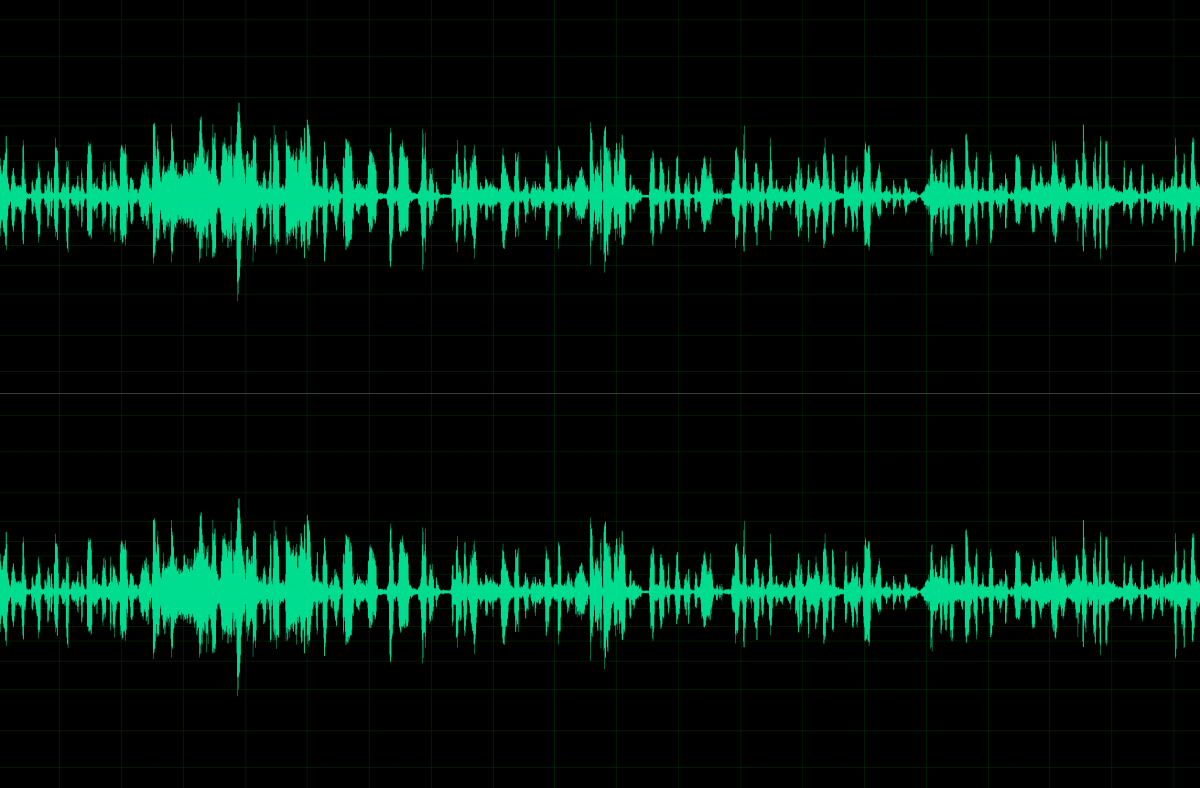Poor sound can negatively impact on your motion design. It is often more important to get sound right than visuals. The smallest click or sound effect out of synch can derail the success of a shot. Although you do have significant control over sound files in After Effects, it is useful to have sound files pre-prepared ahead of time.
Adobe Audition is a powerful and feature-packed sound design tool. In this series of videos, we will look at a simple workflow for trimming and saving audio files for your compositions.
In the first video, I use footage of Julia Gillard’s misogyny speech that I found on Youtube. I downloaded an mp3 audio file by using one of the online tools listed, after googling “youtube to mp3”.
Obviously, you should be mindful of using material from Youtube. You should ensure that material is either, your own content, content you have permission to use, creative commons licensed content, content in the public domain or copyright free content. Video from parliamentary broadcasts is provided under Creative Commons Attribution-NonCommercial-NoDerivs 3.0 Australia licence.
In the first video, we isolate a part of a long audio file, trim to desired length and save in an appropriate format for importing into After Effects.
It is always good to make your sound fit perfectly with visuals. In this video, I cut a sound loop and stretch it to the exact length of my composition.
In the demonstration below, I use a music file sourced from the Youtube music library. You can pick your own and work along.
Using timeline markers can help you animate to changes in sound, this creates a better relationship between movement and audio.


